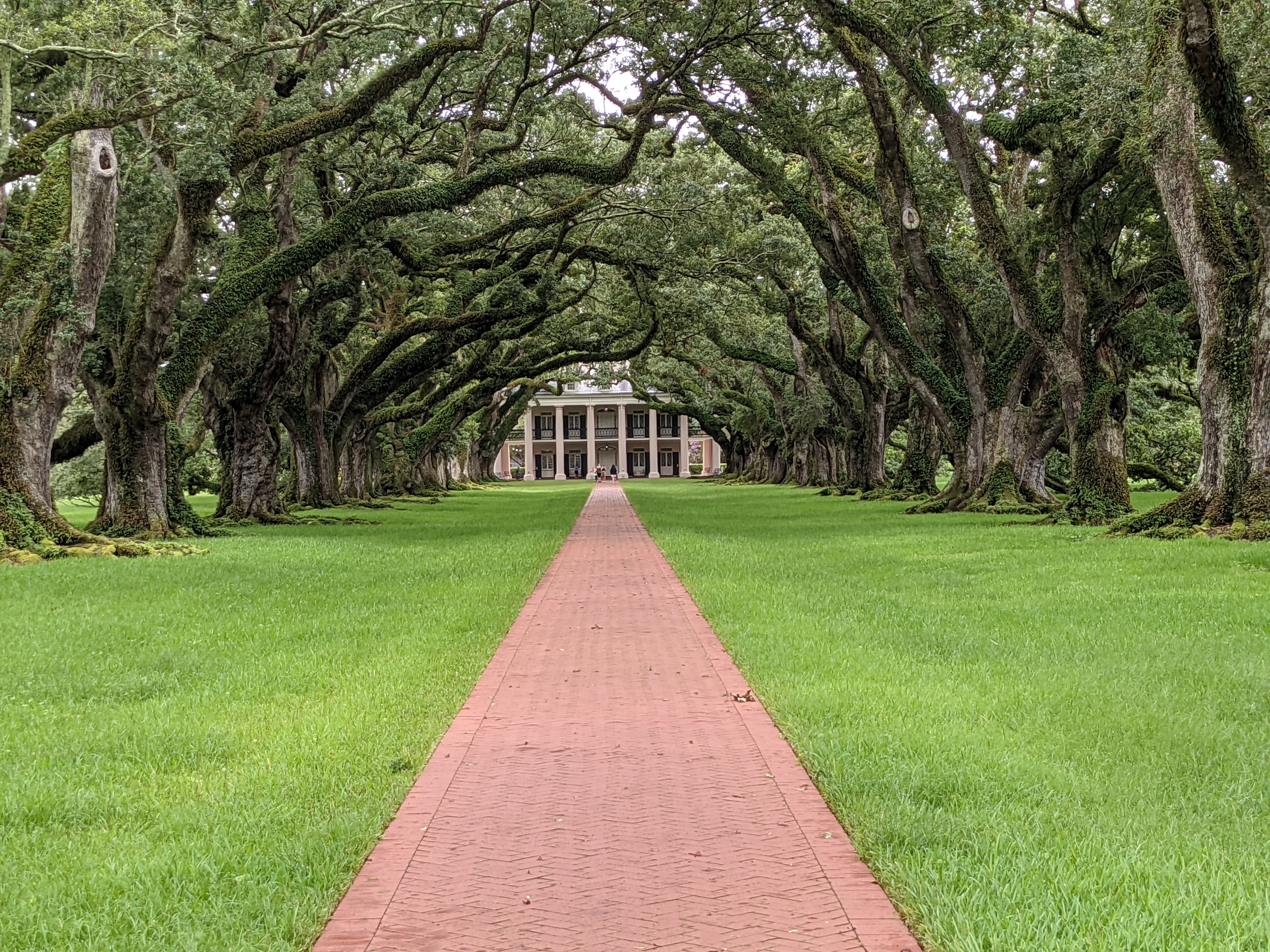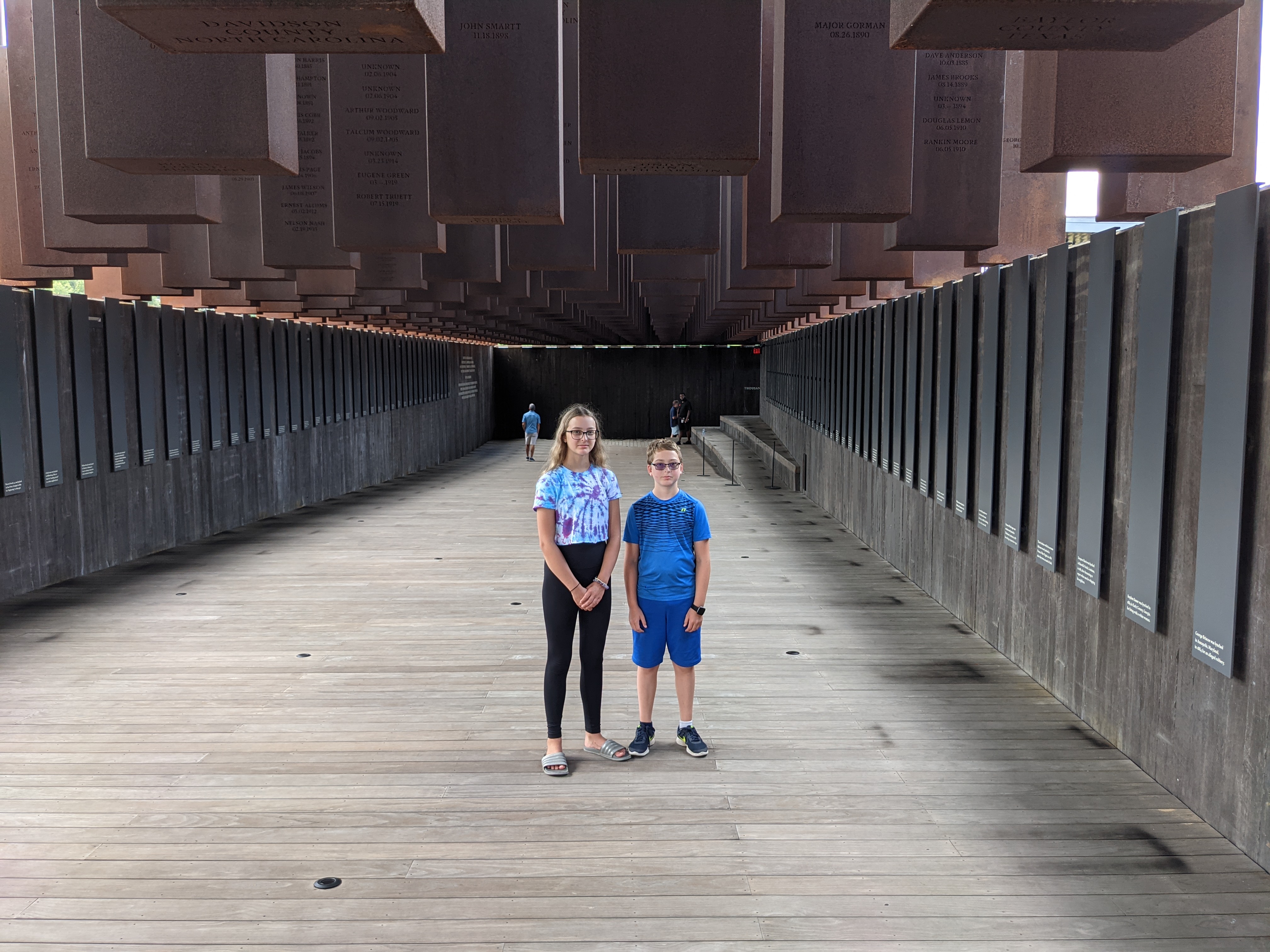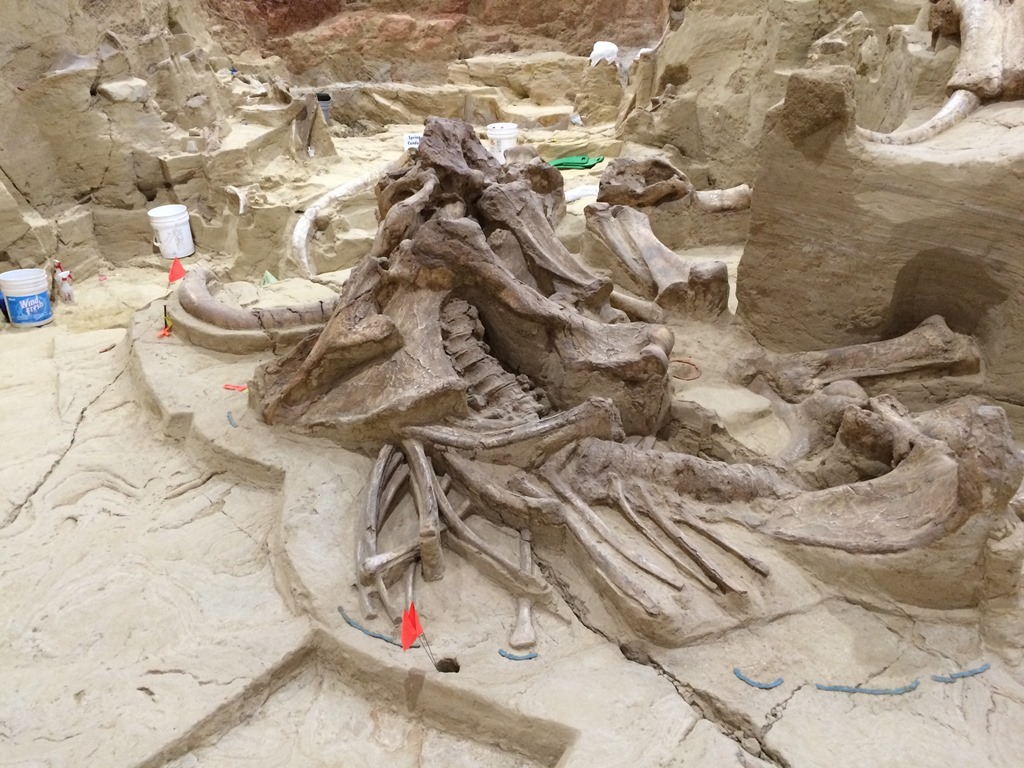


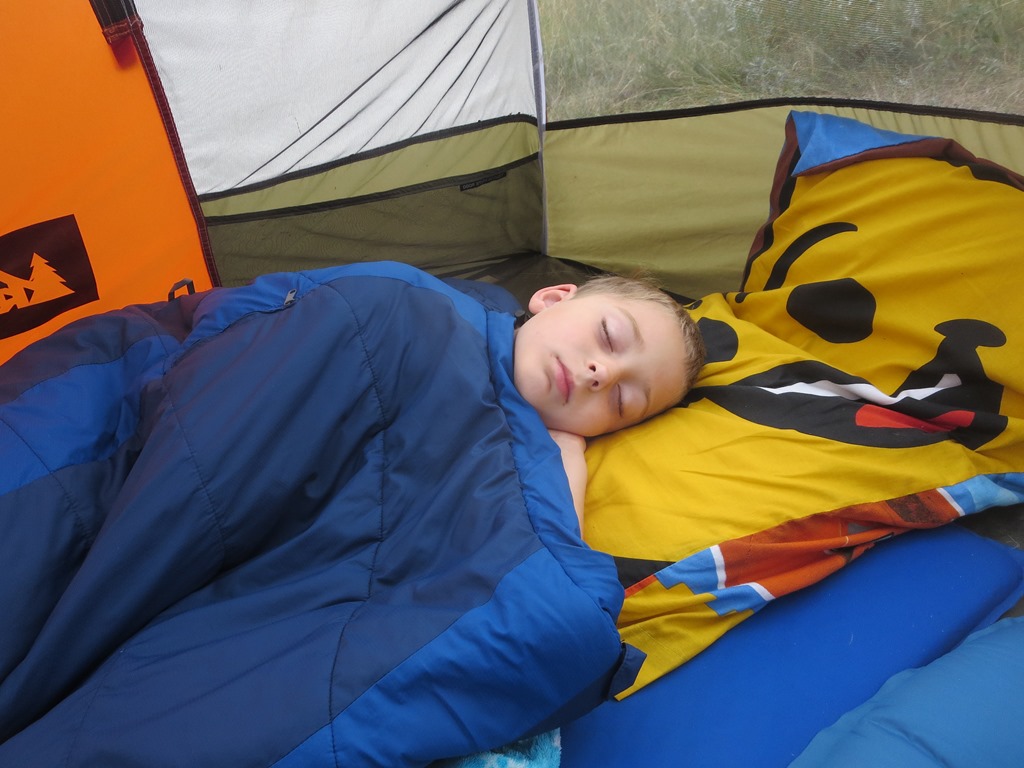

Scott woke up at 7 and was in line by 7:15 to buy tickets at 8 for a Jewel Cave Tour. When Scott arrived there were already five people in front of him. At 8am when he left the line was crazy long. When we arrived for our 10:45 tour the line was still long. When we finished our tour there were no longer any tickets left for the day.
While Scott was in line the kids caught a few more minutes of sleep. See how peaceful and innocent they look asleep? If only I could rewind to these moments an hour into a cave tour in a few hours. Back to real time - I was ready to take the tent down and cook some pancakes when a thunderstorm rolled through. Brooke did a great job of helping me wrap up the chairs, clean up the campsite, and put on the fly as the large raindrops fell. Scott arrived back with the van not long after the rainstorm finished.



Wind Cave tour.




We were able to see popcorn, flowstone, bacon, stalactites, and stalagmites.







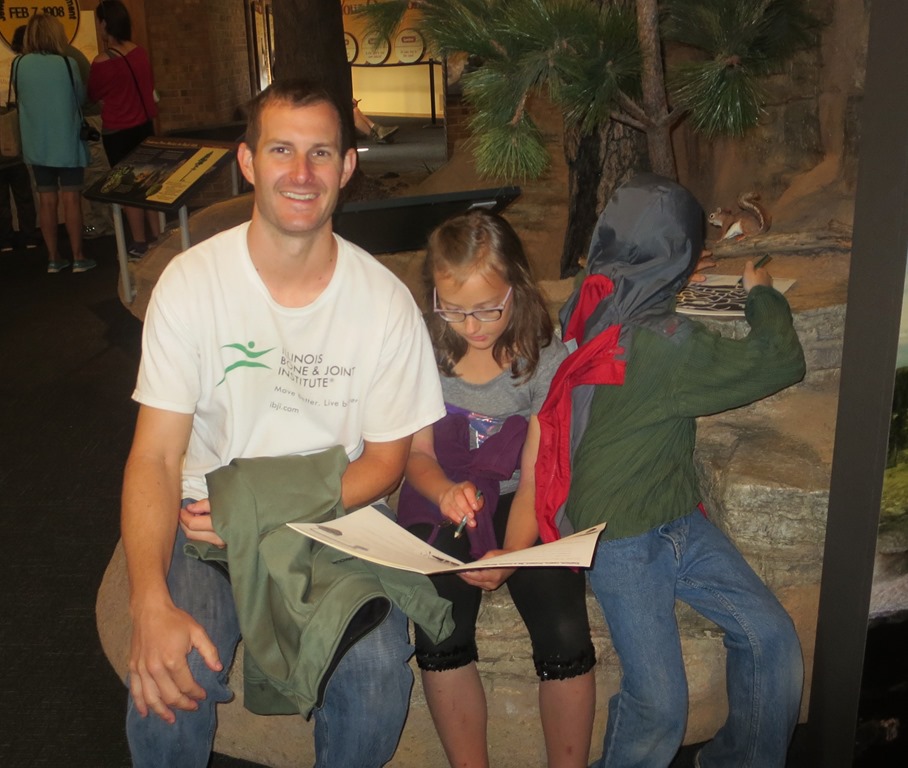

We entered and exited the cave through an elevator. The kids wanted to earn their badge at Wind Cave again. The ranger who presented our cave tour also gave a ranger talk on predators in the area. I was a lot more of a pleasant experience working on the Jr. Ranger books this time with the kids being a little older.
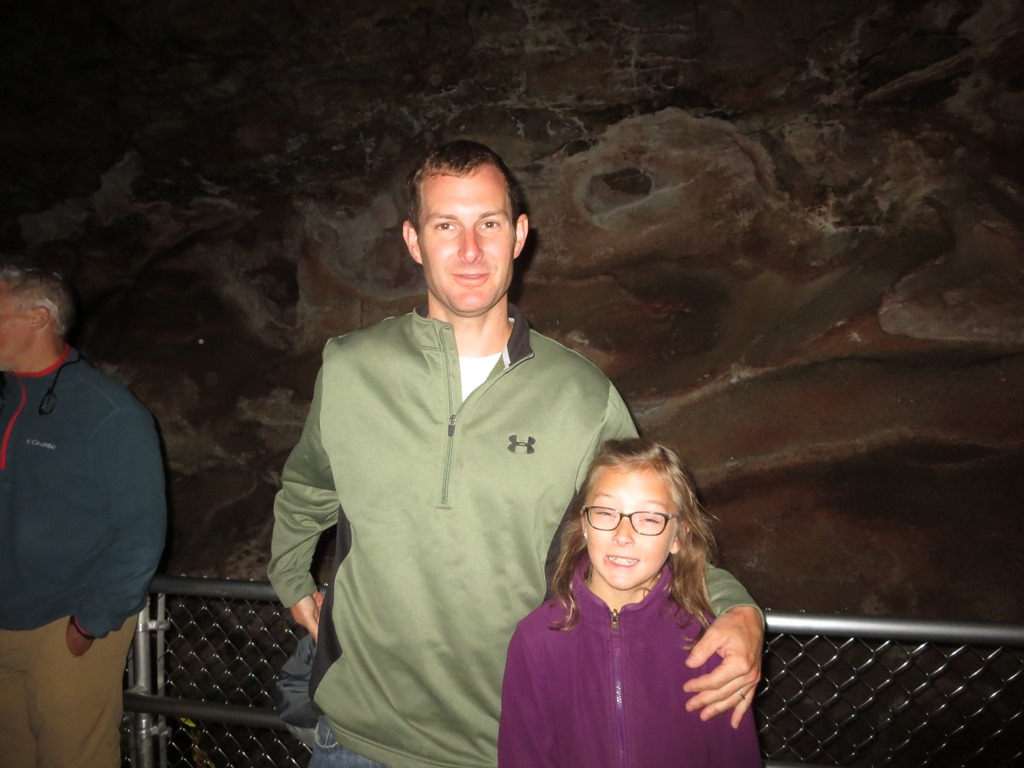
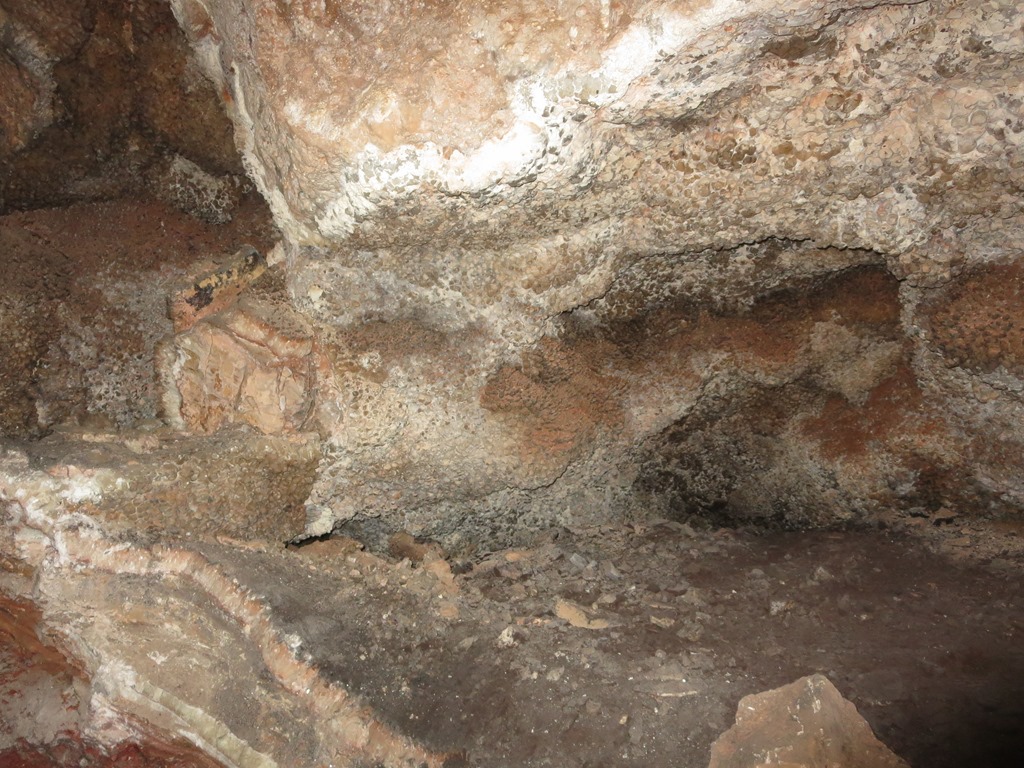
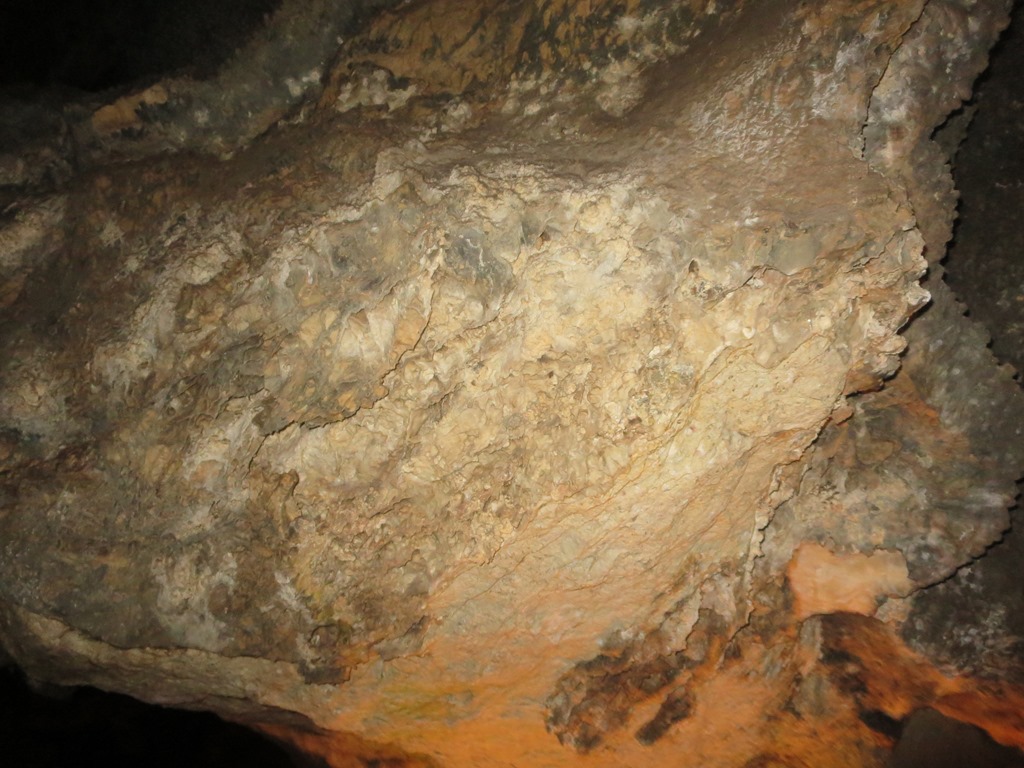

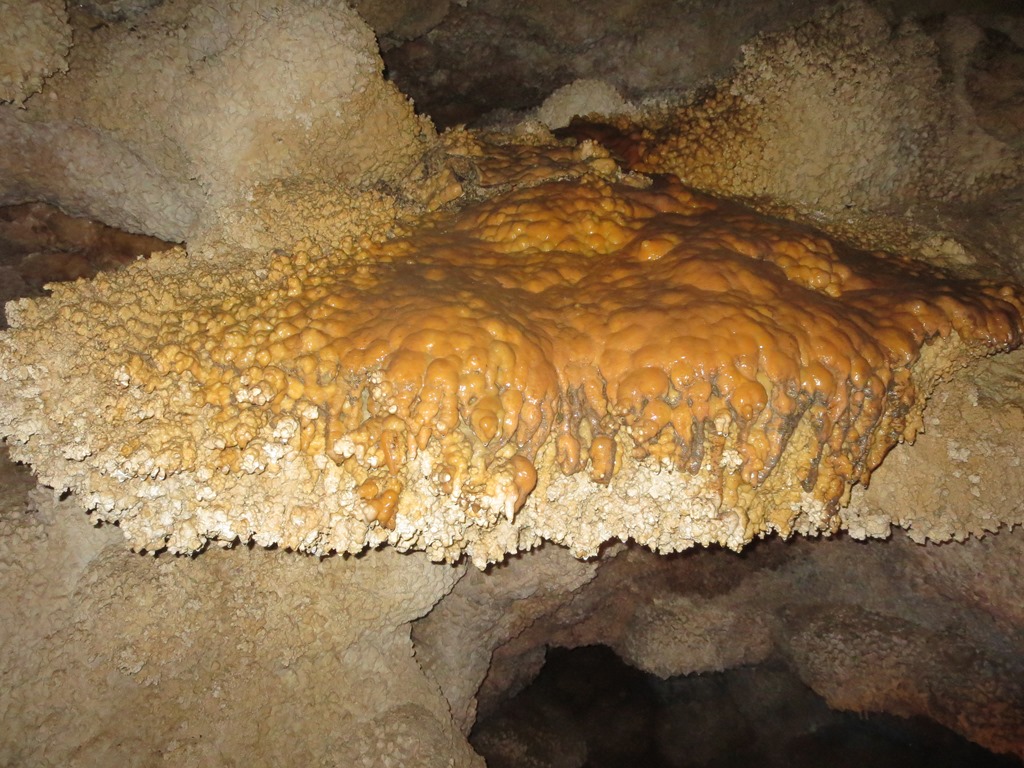
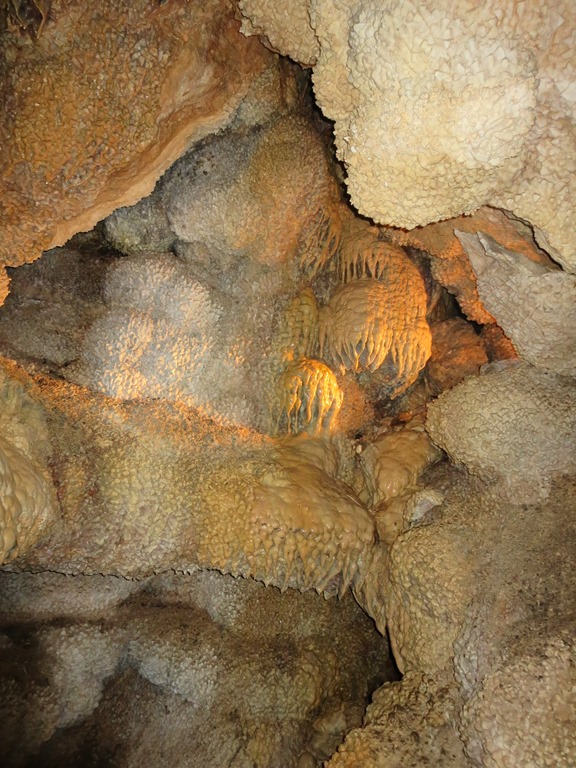
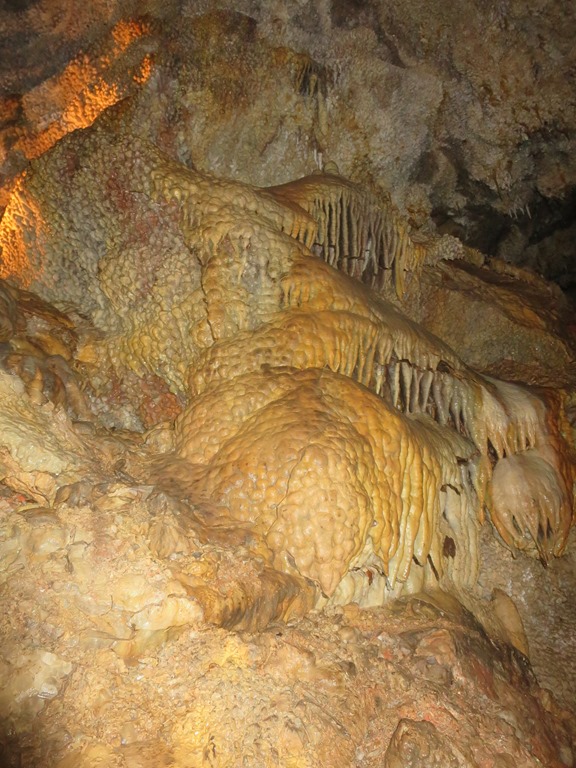


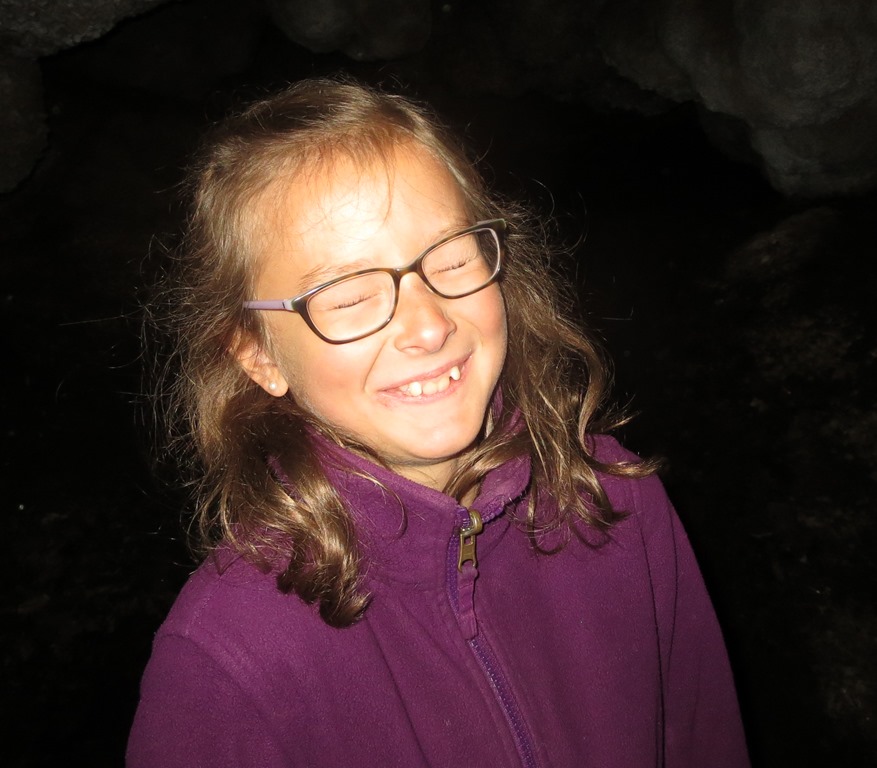
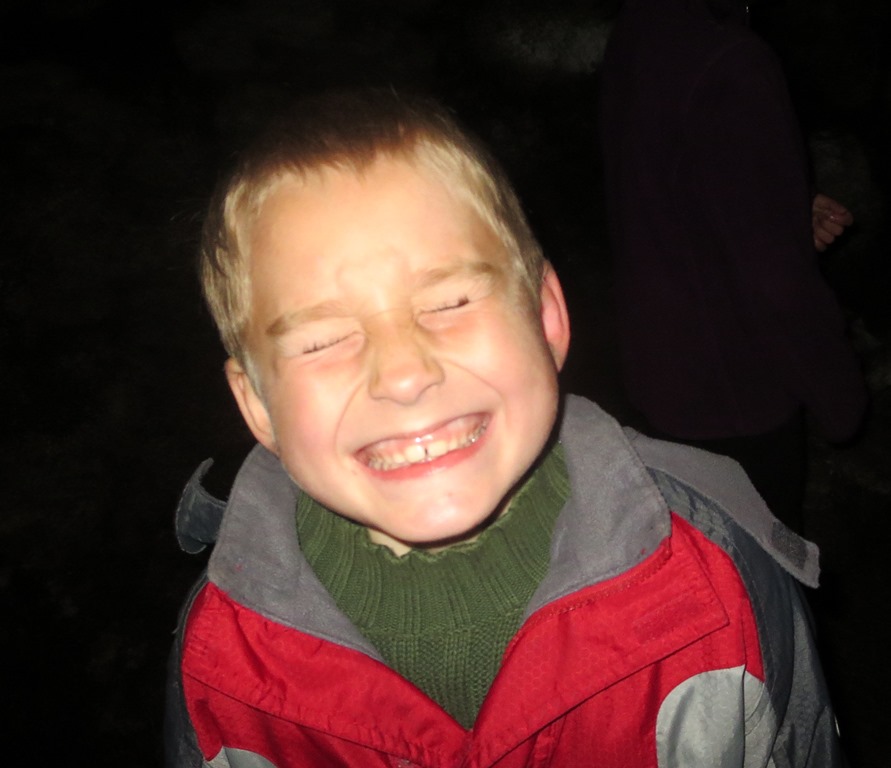
So it was about here that the kids started to get a little too giggly.


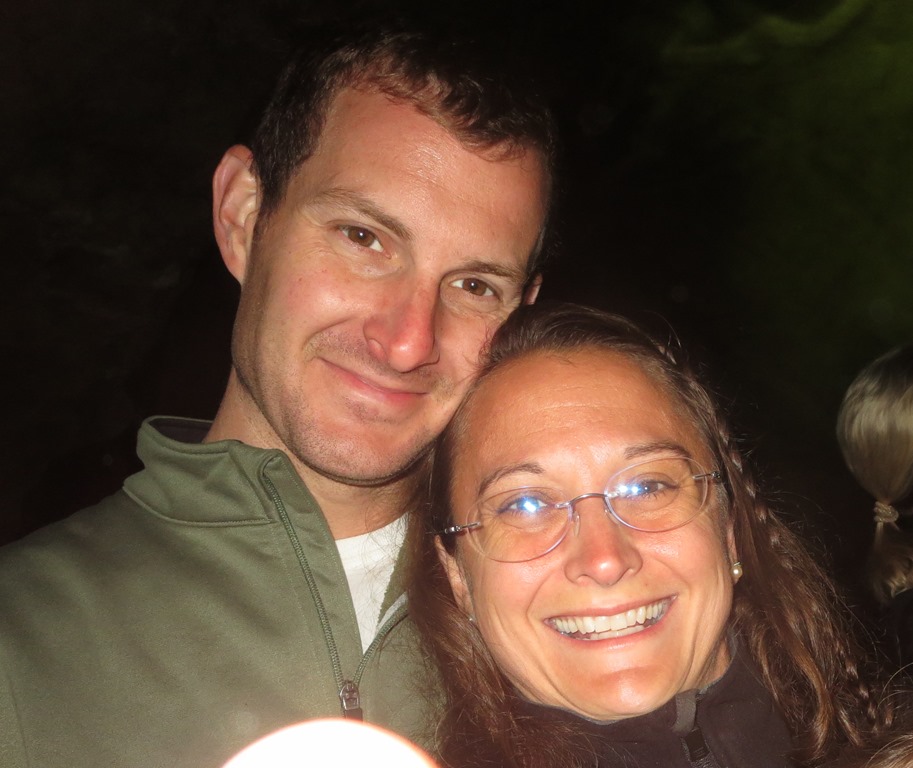
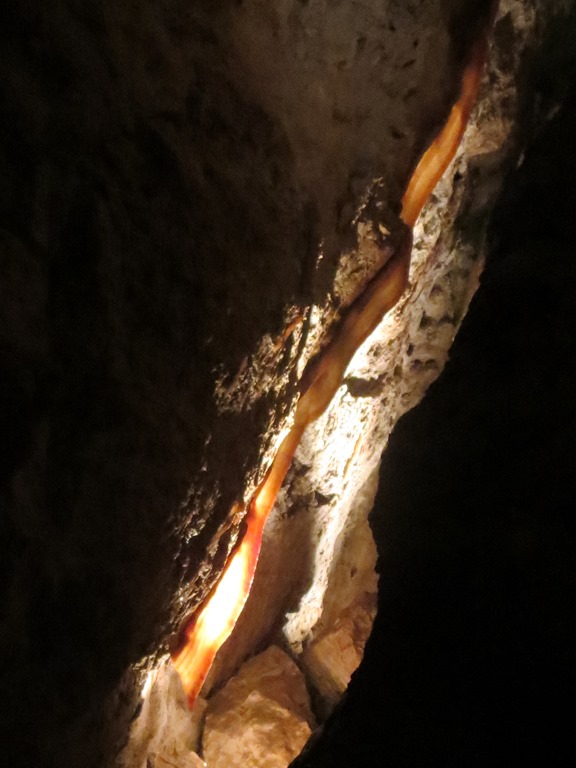
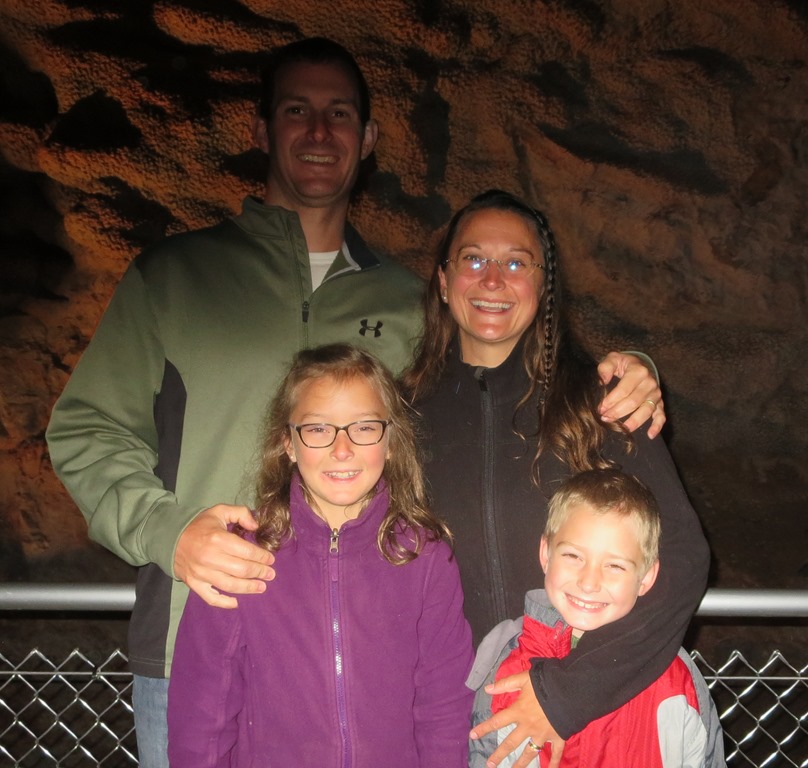
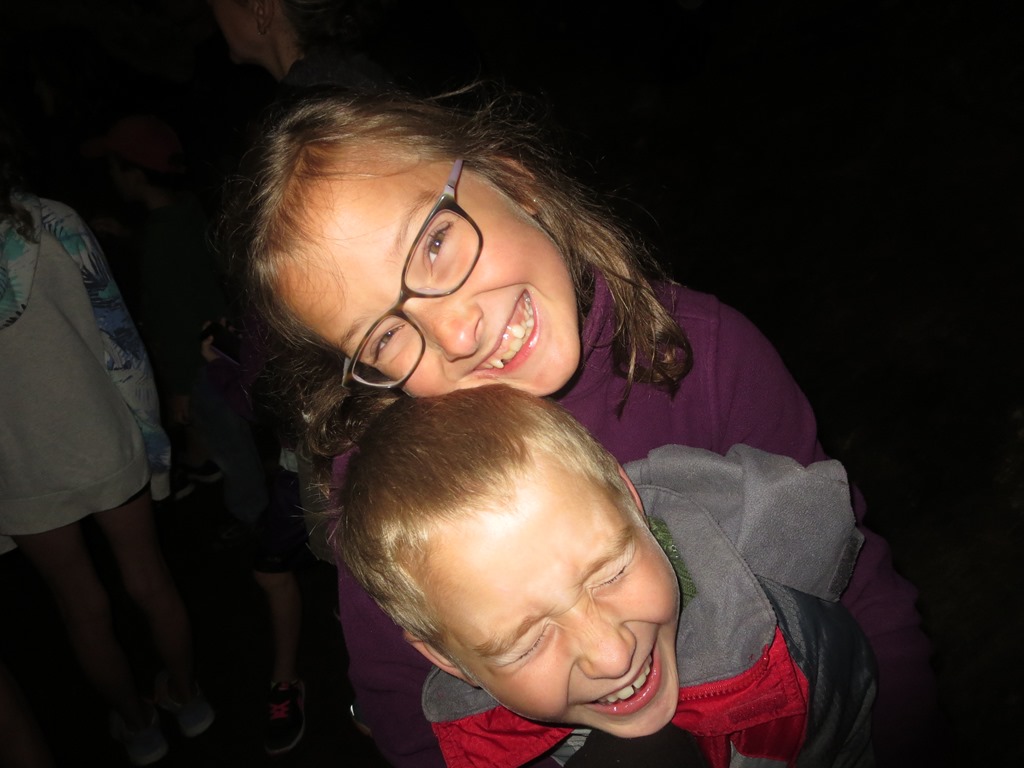
Literally five minutes after this photo was taken the kids had reached their maximum time of standing still and listening, just ten minutes short of making the whole hour and a half tour.
Our next stop was recommended by more than one tourist we have talked with on the trip. It was well worth the stop.
The Mammoth Site of Hot Springs, SD
The Mammoth Site sinkhole formed when limestone eroded and collapsed. Mammoths became trapped attracted by the ninety degree hot spring water and grasses growing along the banks. Once in the sinkhole mammoths could not escape. Sediment eventually filled in the sinkhole providing The Mammoth Site that was discovered in the 1970’s when a developer brought in a bulldozer. The site has sixty-one Columbian and woolly mammoths. Woolly mammoths had small ears and a short tail to reduce heat loss. Elephants, distant relatives of the mammoths, have larger ears depending on the climate in which they live. Elephants’ ears act as a cooling system for the elephants.



This is Sinbad, a fiberglass reproduction of a Columbian mammoth skeleton. The kids took part in the Junior Paleontologist Excavation Program. Since digging is one of their favorite past times, this was a perfect program for them. Our guide worked really well with the kids. Cody had a lot of the answers to his questions. Watching the kids was hysterical though. Brooke wanted to work independently and not as a team with her partner. Although after Brooke uncovered a tusk and a toe bone in record time she decided to help her younger partner uncover a giant bear skull and thigh bone. Cody was happy digging away savoring the process, and then he decided he had more fun helping his partner uncover her discover of a tooth. Then she helped him uncover a giant jaw. Cody seems to have much more fun helping others and Brooke seems to want to be the first with the most.






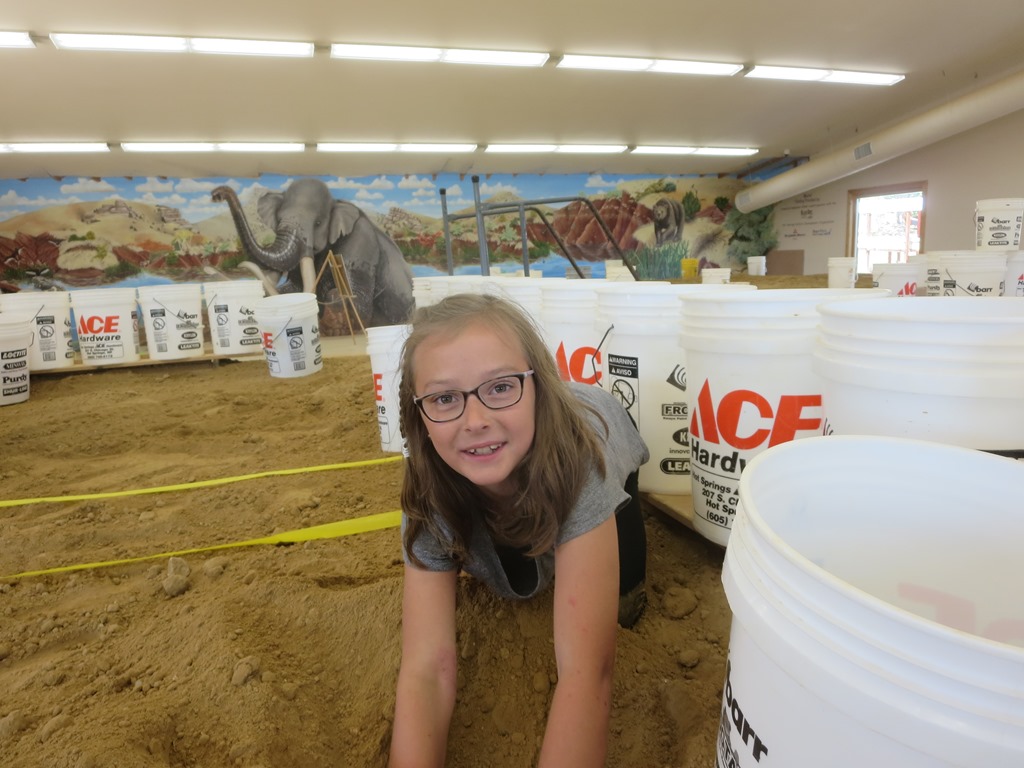
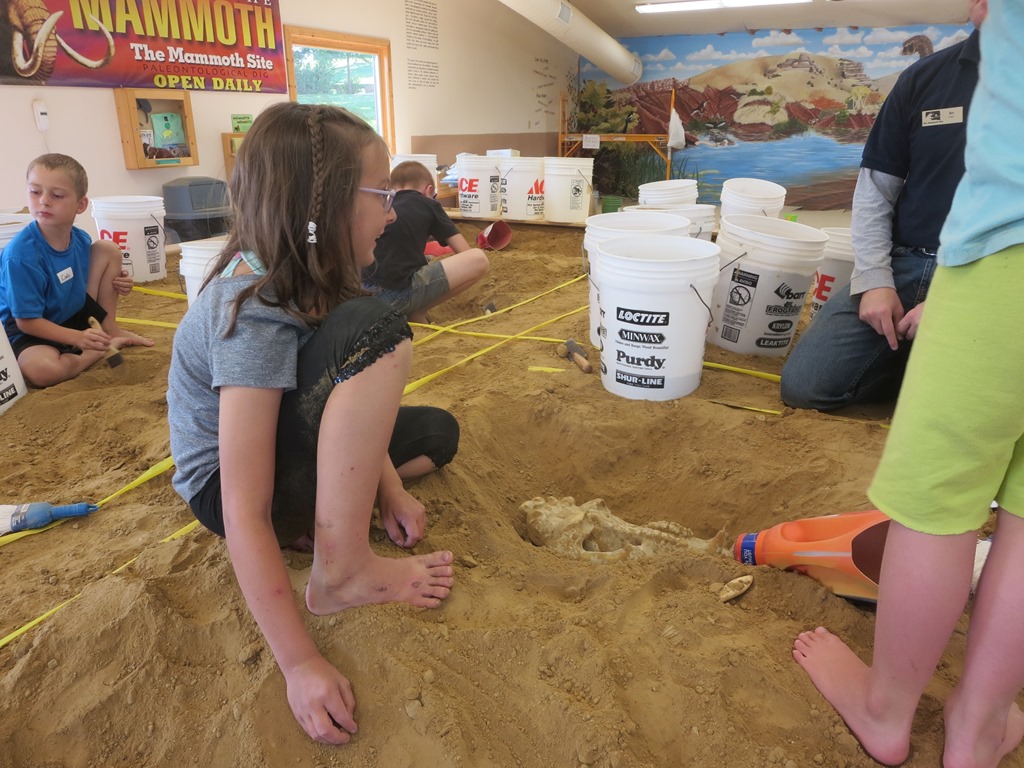
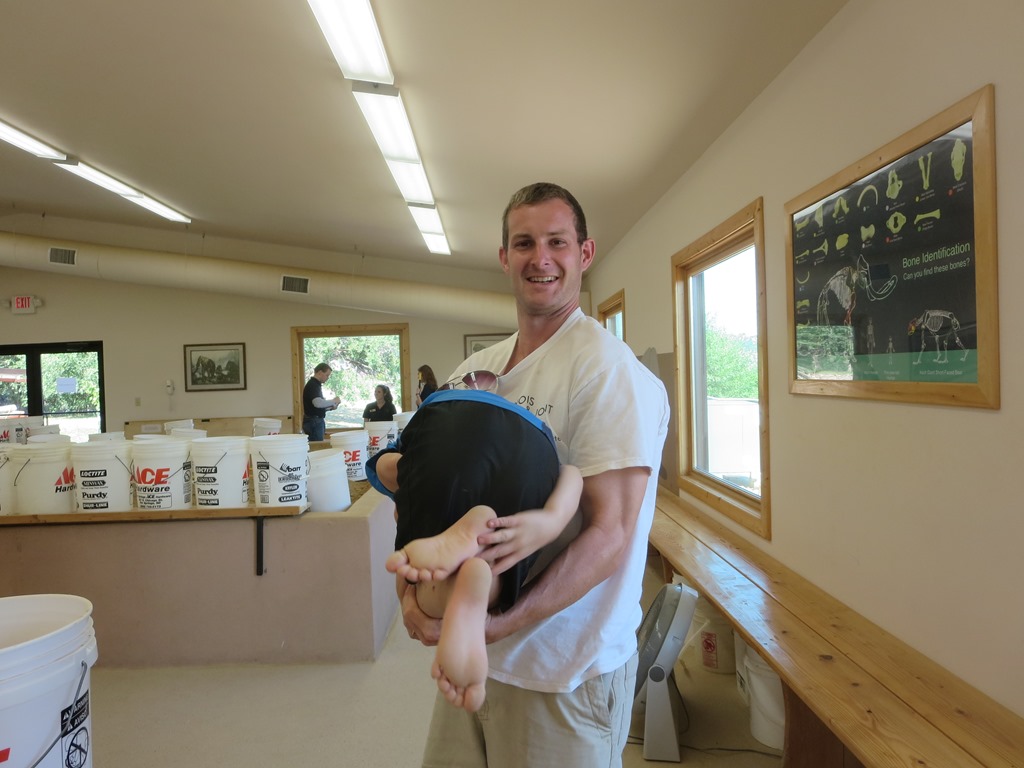

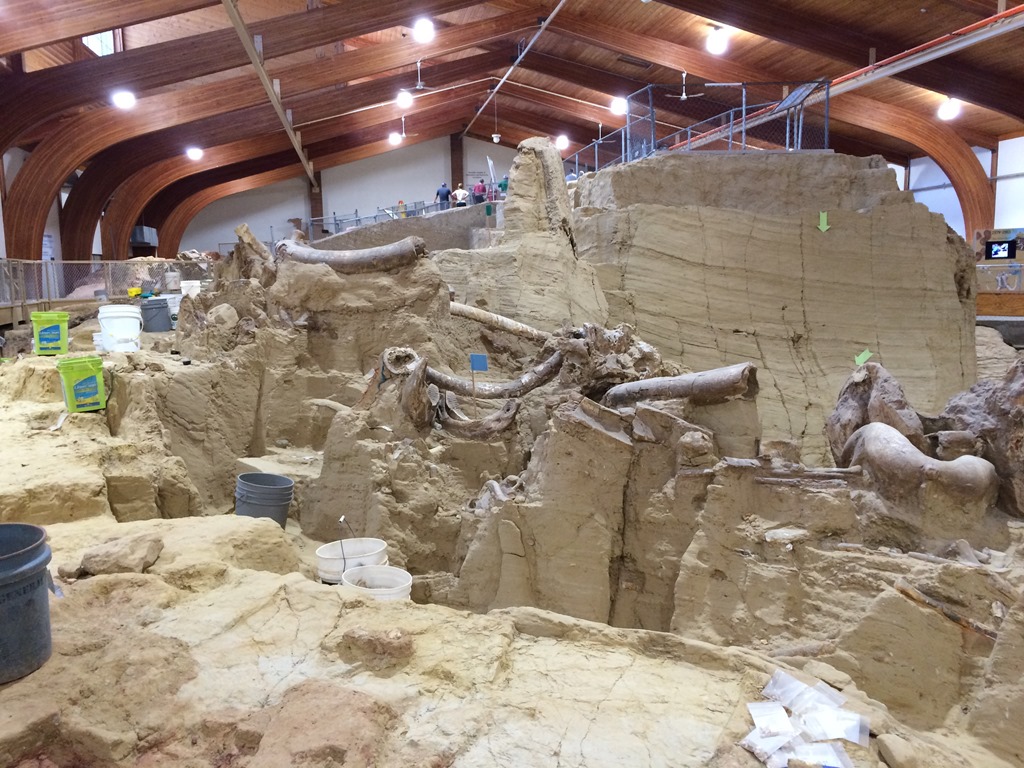
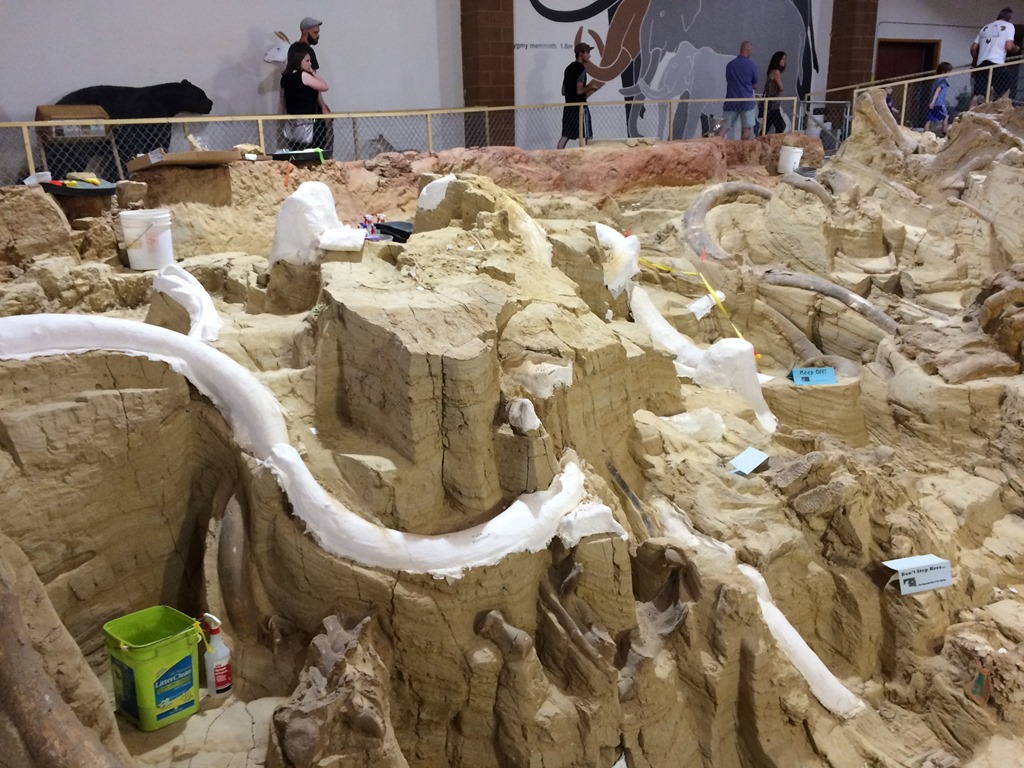
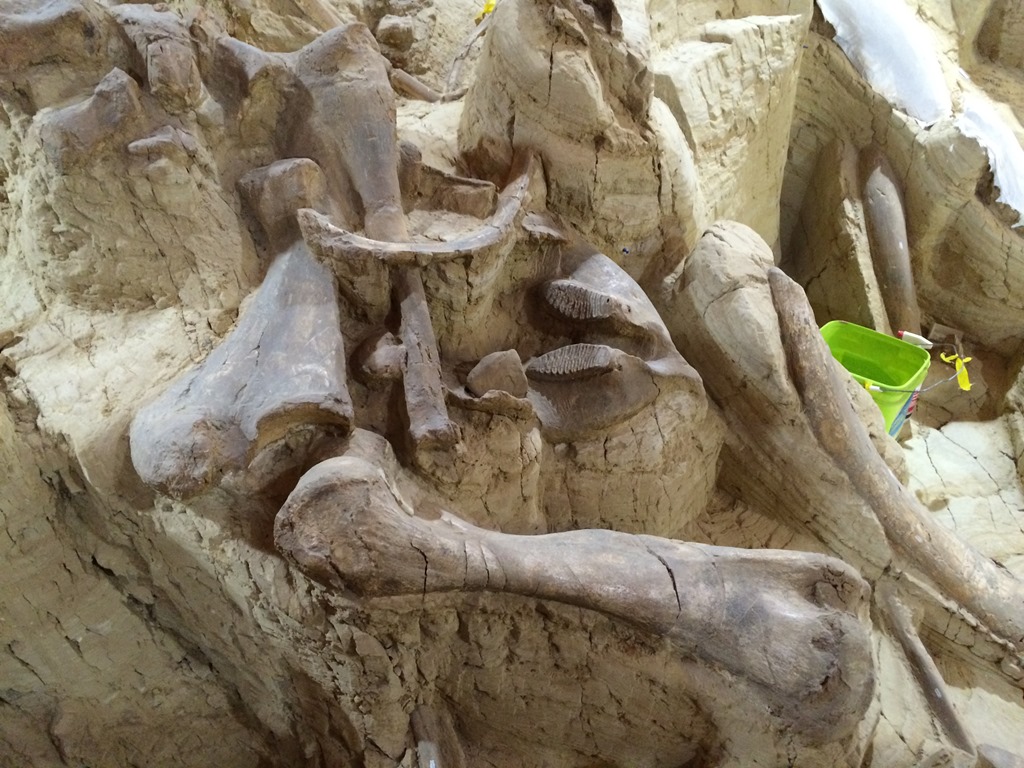
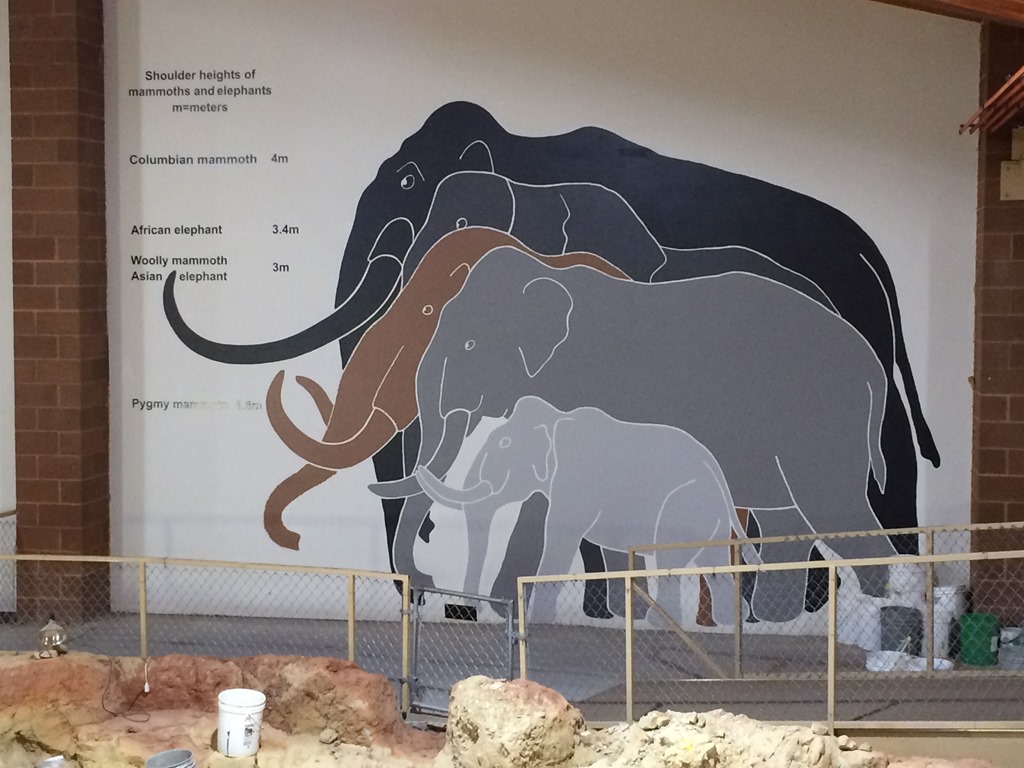
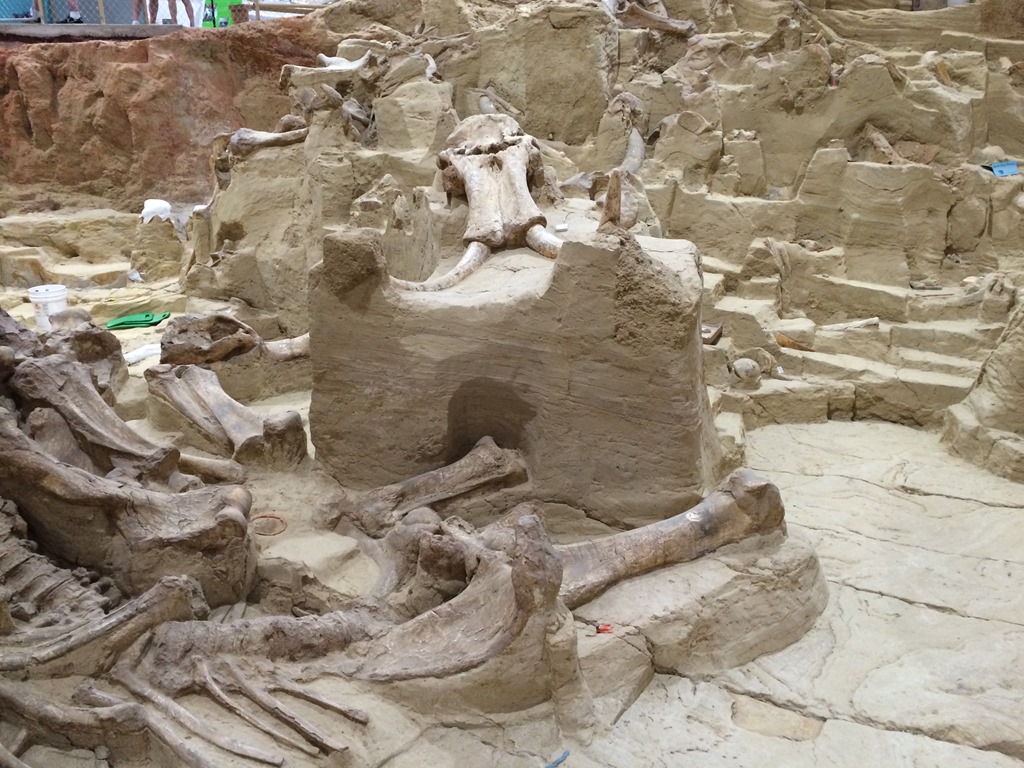

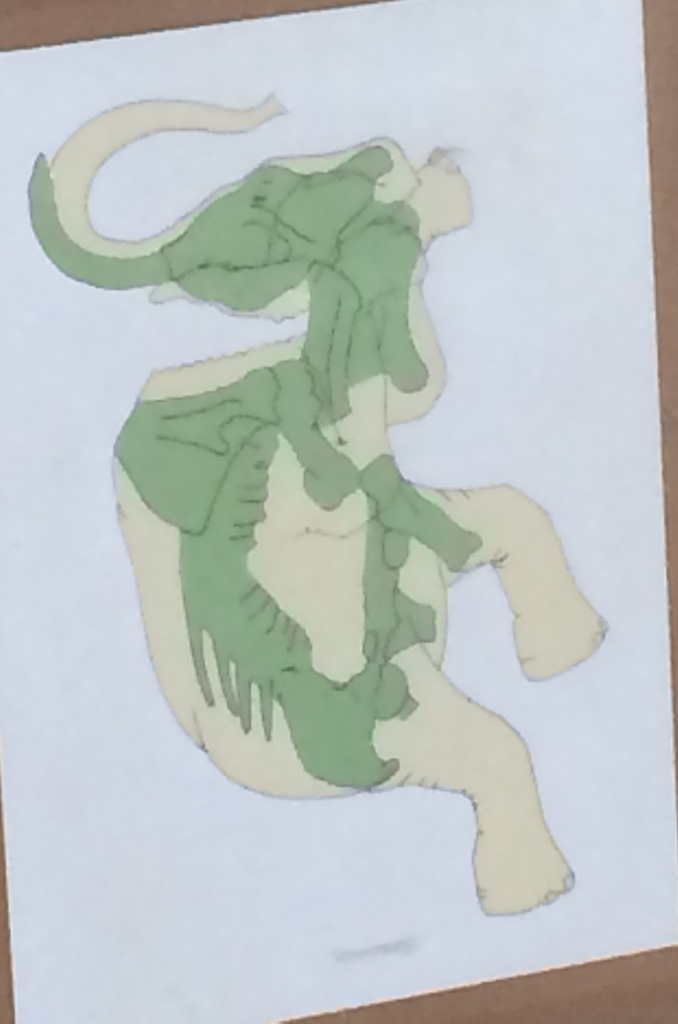
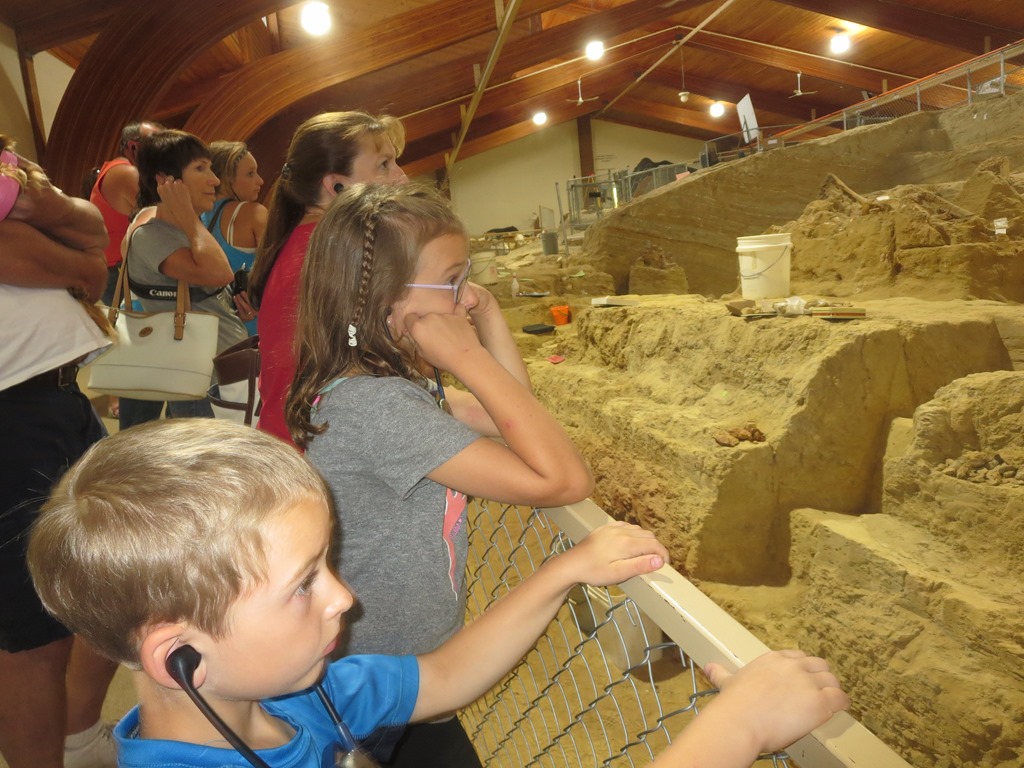
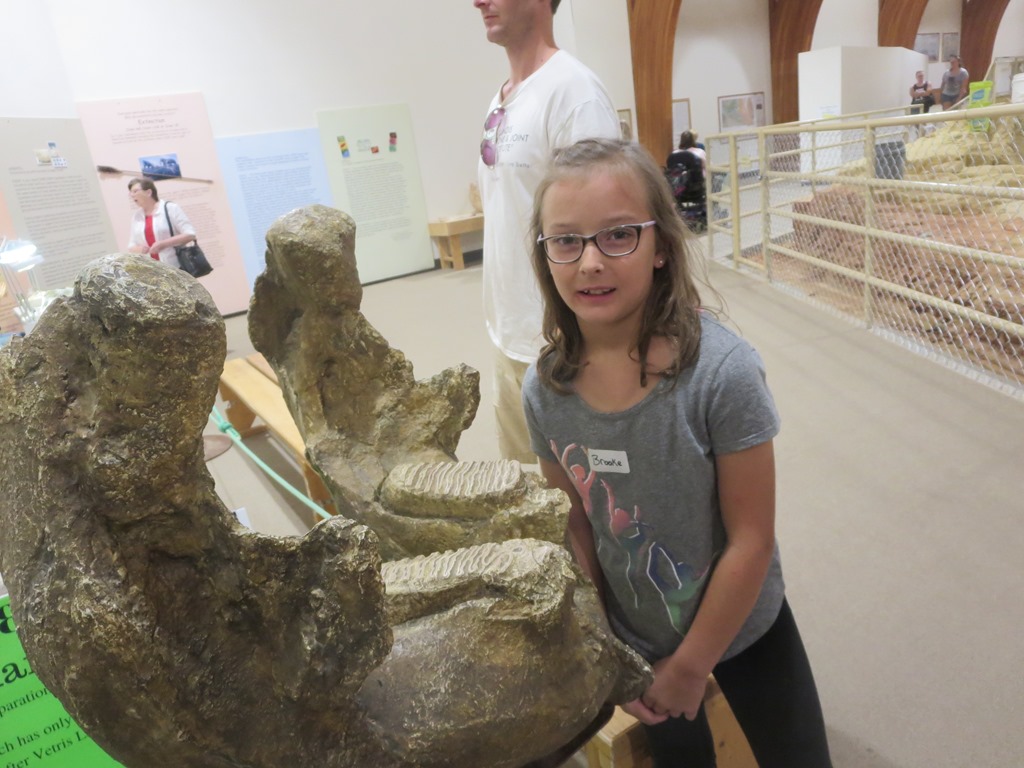



The family loves to tease me for my bear-phobia. Although I didn’t sleep with bear spray even once on this trip. Although I did agree that I probably would not have wanted to meet the Giant Short-Faced Bear at 1,500 pounds and a reach of 15 feet tall that lived during the time of the mammoths. The middle picture is of a mammoth bone house usually found on the plains of Ukraine. Some of these bone huts contained as many as one hundred and forty-nine jaws. The picture on the right is of Napoleon, a Columbian mammoth.

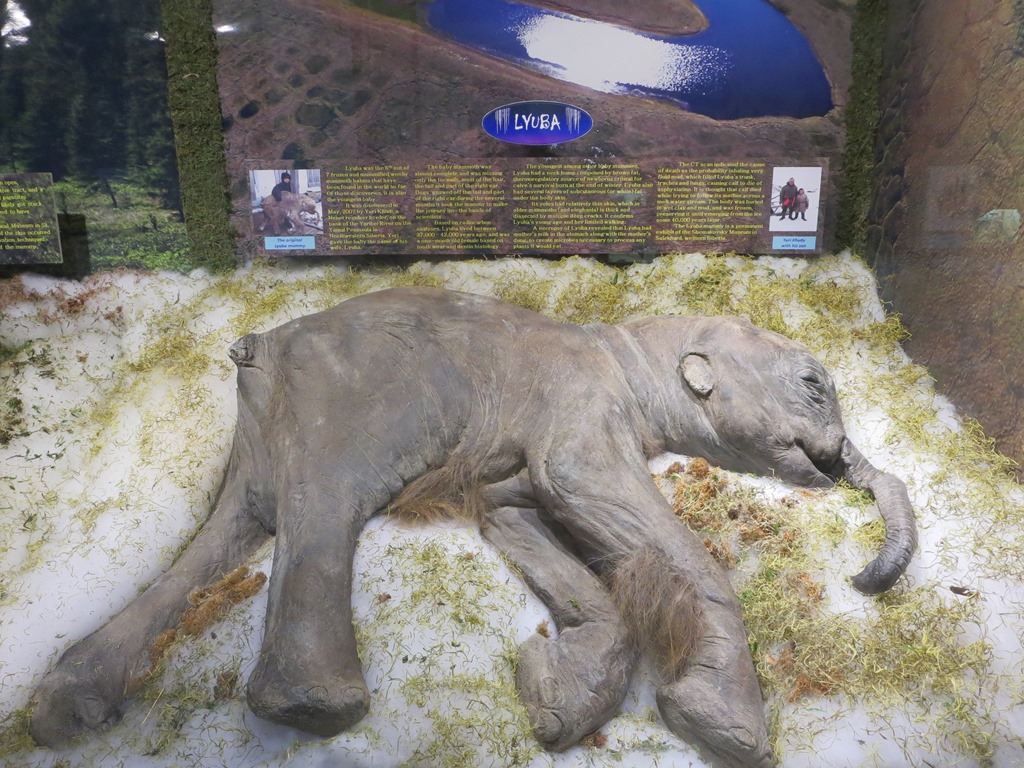
Scott needed a snack break mid exploring the exhibit hall. Cody took the opportunity to throw some rocks off a giant rock pile. The picture on the right is of Lyuba, a frozen and mummified baby woolly mammoth discovered in May of 2007 by a reindeer herder in northwest Siberia. The one month old mammoth is believed to be about 40,000 years old. It still had undigested mother’s milk and scat in its stomach. The dung was believed to contain the microbes the baby needed to help digest any plants it might eat. The baby most likely died following its mother across a melt water stream.


These photos…well let’s just say I told Brooke not to touch the bone replicas. She argued that there wasn’t a sign telling her not to touch the bones. I kept telling her no and finally I walked away to observe the lab where they were working on microfossils. I turn around to see Scott taking a picture of her trying to beat me upside the head with a bone.
Next stop – Badlands campground right outside the Badlands National Park. We stayed here a few years ago and also arrived at almost ten at night. The sunset on the way was incredible.

